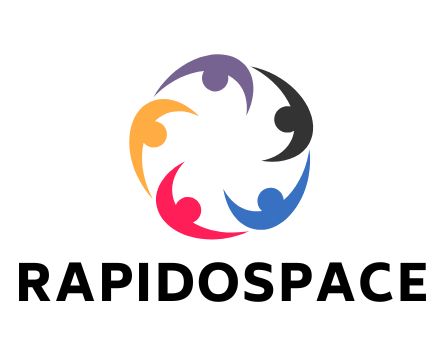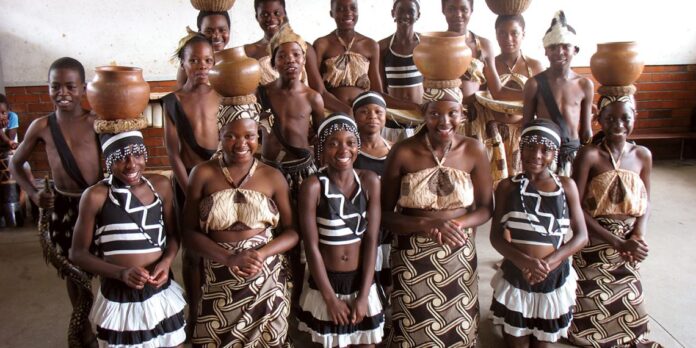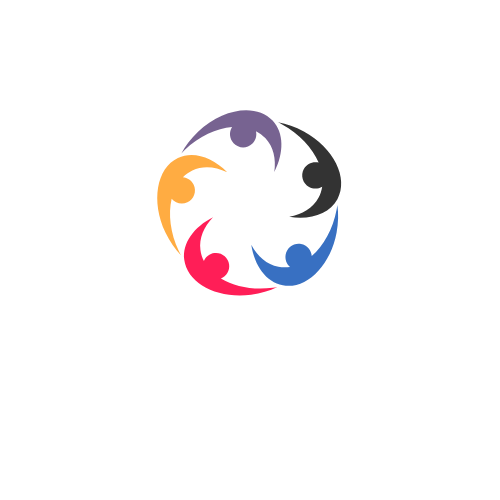LAFIA: Nasarawa State, located in north-central Nigeria, is home to a rich cultural and ethnic diversity. Known as the Home of Solid Minerals, the state has more than a dozen indigenous groups spread across its 13 Local Government Areas.
Some of the notable ethnic groups include the Koro and Yeskwa in the northwest, the Kofyar in the northeast, the Eggon, Gwandara, Mada, Ninzo, and Nungu in the north, the Alago, Goemai, and Megili in the east, the Eloyi (Ajiri/Afo) in the south, the Tiv in the southeast, and the Idoma in the southwest. Other minority tribes such as the Kanuri and Ebira also have a presence.
With a land area of 27,137.8 km², Nasarawa is bordered by the Federal Capital Territory to the west, Kaduna to the north, Benue and Kogi to the south, and Plateau and Taraba to the east. Its population is religiously mixed: about 60% Muslim, 30% Christian, and 10% traditionalists.
Historical Background
Nasarawa derives its name from the historic Nasarawa Emirate, founded in 1838 by Umaru, a Keffi rebel who established the emirate in the Afo (Afao) region. By conquest, Umaru expanded his domain and made nearby territories, including Zaria, subordinate states.
His successor, Emir Muhammadu (1878–1922), further expanded the emirate and was among the first traditional rulers to pledge allegiance to the British in 1900.
Nasarawa was later merged with Plateau State in 1976 before finally being carved out as an independent state on October 1, 1996. Lafia was designated the capital city, while Karu Urban Area emerged as the state’s economic hub due to its proximity to Abuja.
The Major Tribes in Nasarawa State
Below is a list of the prominent tribes found in Nasarawa:
1. Alago Tribe
The Alago people belong to the Benue-Congo linguistic family. They are concentrated in Keana, Doma, Obi, Assakio, and Agwatashi. The Alago share deep cultural ties and have historically been influential in the Lafia Native Authority.
2. Basa Tribe
The Bassa Nge trace their ancestry to the Nupe Kingdom, originally based in Gbara. Following a dynastic conflict around 1820, they migrated and settled in parts of present-day Nasarawa. They are also known as Gboboh, Adbassa, or Bambog-Mbog.
3. Ebira Tribe
The Ebira (also spelled Igbirra or Egbira) are part of the Nupoid subgroup of the Niger-Congo language family. Though mostly associated with Kogi State, sizeable Ebira communities live in Nasarawa. They are known for their resilience and rich cultural heritage.
4. Eggon Tribe
The Eggon are among the most populous ethnic groups in Nasarawa, spread across nearly all Local Government Areas. They are considered one of the predominant indigenous groups of the state, with farming as their primary occupation.
5. Gbagyi Tribe
Also known as Gbari, the Gbagyi are among the largest ethnic groups in central Nigeria, inhabiting areas of Nasarawa and the Federal Capital Territory. They are predominantly farmers, while pottery is widely practised by Gbagyi women.
6. Gwandara Tribe
The Gwandara are Plateau Chadic speakers found in Lafia, Keffi, and Nasarawa LGAs. Many also reside in Abuja, Niger, Kaduna, and Kogi. Their resettlement town of New Karshi in Karu LGA is a major centre of Gwandara life and culture.
7. Tiv Tribe
The Tiv, a Tivoid group, make up about 2.4% of Nigeria’s population. In Nasarawa, they occupy the southeastern part of the state. Tiv language, a Benue-Congo dialect, is widely spoken across central Nigeria, with over four million speakers nationwide.
8. Kanuri Tribe
The Kanuri in Nasarawa are part of the larger ethnic group that once dominated the Borno Empire. They include the Yerwa and Manga Kanuri subgroups.
While their ancestral homeland lies in Borno and around Lake Chad, smaller communities live in Nasarawa, speaking Kanuri alongside Hausa and Arabic.
Obi LGA, with headquarters in the town of Obi, is one of Nasarawa’s agricultural hubs. Key crops include maize, guinea corn, and rice, produced in commercial quantities.
The area also supports vibrant trade and local markets.
Obi is equally rich in solid minerals such as barite, gypsum, kaolin, marble, coal, tin, iron ore, limestone, niobium, lead, and zinc.
However, many of these deposits remain underexploited, presenting huge investment opportunities in mining and industrial development.
Other notable towns in Obi LGA include Adudu, Agwatashi, Daddare, Jenkwe, Duduguru, Agyaragu, Tudun Adabu, Gude, and Riri.
Nasarawa State is a cultural melting pot of several ethnic groups including the Alago, Eggon, Gwandara, Gbagyi, Tiv, Ebira, Basa, and Kanuri, among others.
Each of these groups contributes uniquely to the state’s identity, economy, and traditions, making Nasarawa one of Nigeria’s most diverse states



